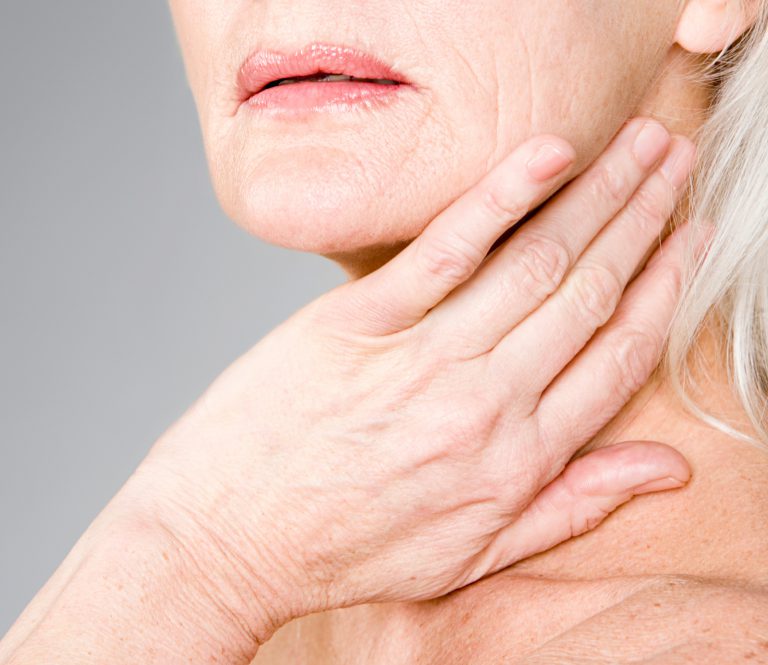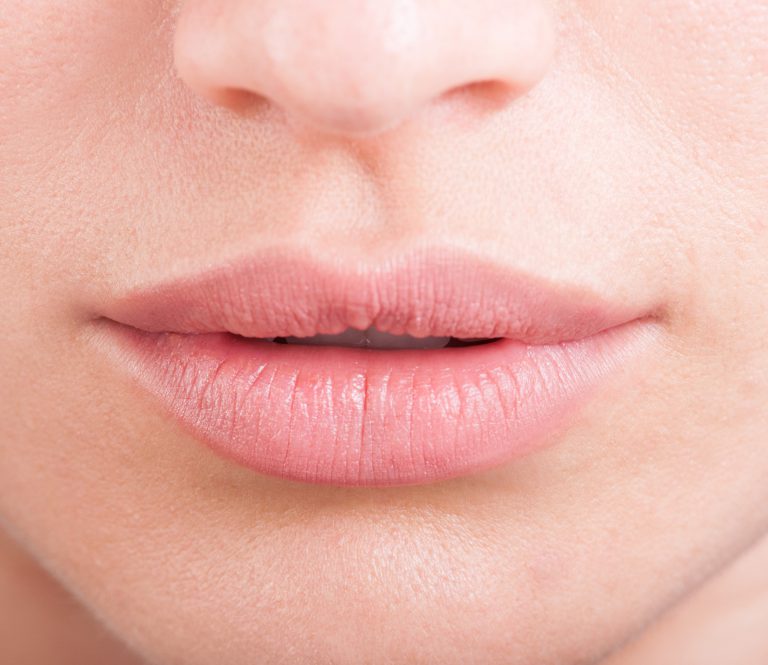Physiological symptoms of rosacea are; redness, flushing, bumps and small visible blood vessels on the face. Other symptoms may include watery or irritated eyes, as well as change in the size or shape of the nose and/or chin. Because of its red-faced, acne-like effects on personal appearance, rosacea can cause significant psychological, social and occupational problems if left untreated. Fortunately, intervention can typically control the symptoms of this potentially life-disruptive disorder.

Rosacea
Rosacea is a common but poorly understood disorder of the facial skin that is estimated to affect well over 16 million Americans.
CONTACT INFORMATION
72 Pine Street, Bristol, Connecticut 06010
Tel: 1 860 845 8296 • Text: 1 860 846 3291
Tel: 1 860 845 8296 • Text: 1 860 846 3291
Tue: 9 - 7 / Wed: 9 - 4 / Thu & Fri: 9 - 5
Book now Bristol
17 Old Barn Road, Kent, Connecticut 06757
Tel: 1 860 845 8296 • Text: 1 860 846 3220
Tel: 1 860 845 8296 • Text: 1 860 846 3220
By appointment only
Book now Kent Barns



















